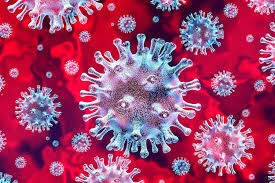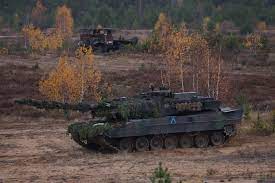What Is Covid-19?

February 2, 2021
The Covid-19 pandemic is — and has been for a year — rocking the world. Adults can’t go to work, students can’t go to school, everyone has to wear a mask, and normal activities are disrupted. Everyone knows that the pandemic is dangerous and the vaccine will help us, but that is the extent of many people’s knowledge.
What actually is Covid-19?
The Covid-19 Virus is actually only one of seven types of coronavirus and most of these are not dangerous. Covid-19 is actually SARS-CoV-2, a novel coronavirus meaning that it is new to humans. It may have been in other animals for a time, but only recently infected humans. The other coronaviruses cause most of the colds that affect during the year. SARS-CoV-2 is so dangerous because it attacks the upper respiratory tract which is the sinuses, nose, and throat and the lower respiratory tract which is the windpipe and lungs. Just like the flu, Covid-19 is developing new strains that make it more difficult to fight off.
The Covid-19 virus has caused a pandemic, a worldwide spread of any disease in which most people do not have immunity. Many people confuse a pandemic with an epidemic. The difference is that while a pandemic is worldwide, an epidemic is just the rapid spread of disease across a particular region or regions. In December of 2019, Covid-19 began as an epidemic in China, but quickly spread throughout the world to become the pandemic it is today. Due to the larger number of people in the population who lack a pre-existing immunity to the virus, the impact and severity of Covid-19 has been much higher than the seasonal virus we are accustomed to. Throughout the history of the world, there have been many pandemics that have been just as bad, if not worse, than the coronavirus. Thankfully, we are making strides towards fighting off this virus.
These baby steps center on the new Covid vaccines that have been developed. Although distribution is slow, every little bit helps. All vaccines do the same fundamental thing. They stimulate the immune system to produce antibodies exactly like it would if one were exposed to the virus except the person does not get sick. This is possible because the vaccine contains the same germs of the virus, but they are weakened or killed so that they are unable to overcome the immune system. A vaccine activates the “tools” – macrophages, T-lymphocytes, and B-lymphocytes – to fight off the weakened virus and when it has successfully done this, the immune system will remember the virus and be prepared to fight it in future encounters. Not every vaccine is permanent so some must be administered every year, like the flu vaccine with its numerous strains. This is one of the problems with the Covid-19 vaccine; no one knows how long it actually lasts. The are many types of vaccines for many different viruses, but there are four main ones: live-attenuated vaccines, inactivated vaccines, subunit vaccines and toxoid vaccines. All of these are a little different, but ultimately do the same thing: protect the body from sickness.
The Covid-19 pandemic has disrupted our lives so much; there is not much we can do other than follow suggested guidelines, grow comfortable wearing our masks and get the vaccine as quickly as possible.











